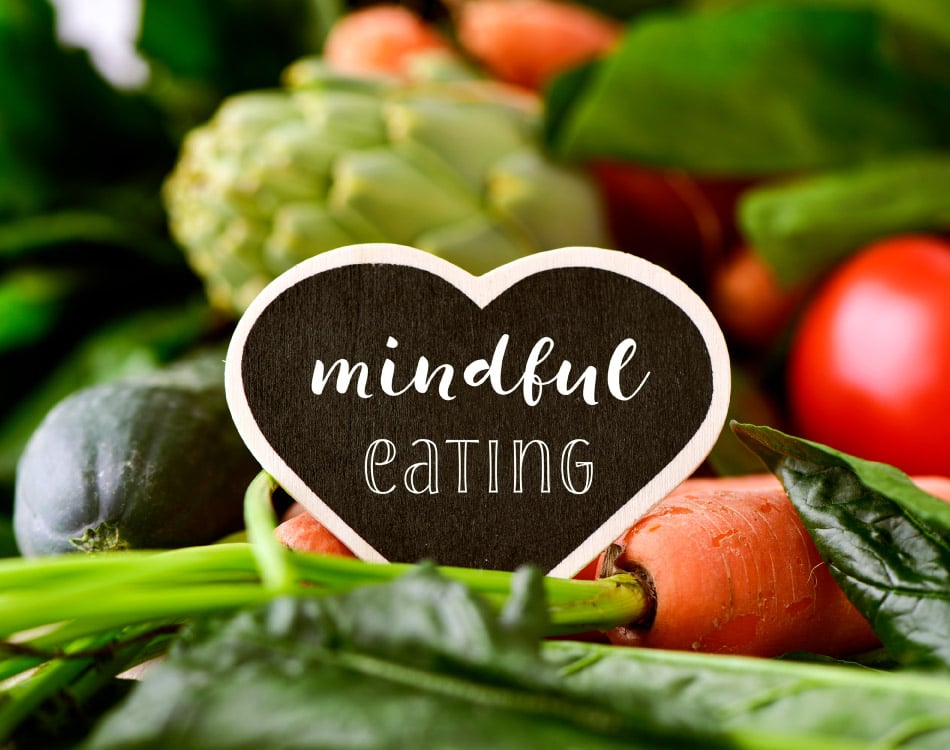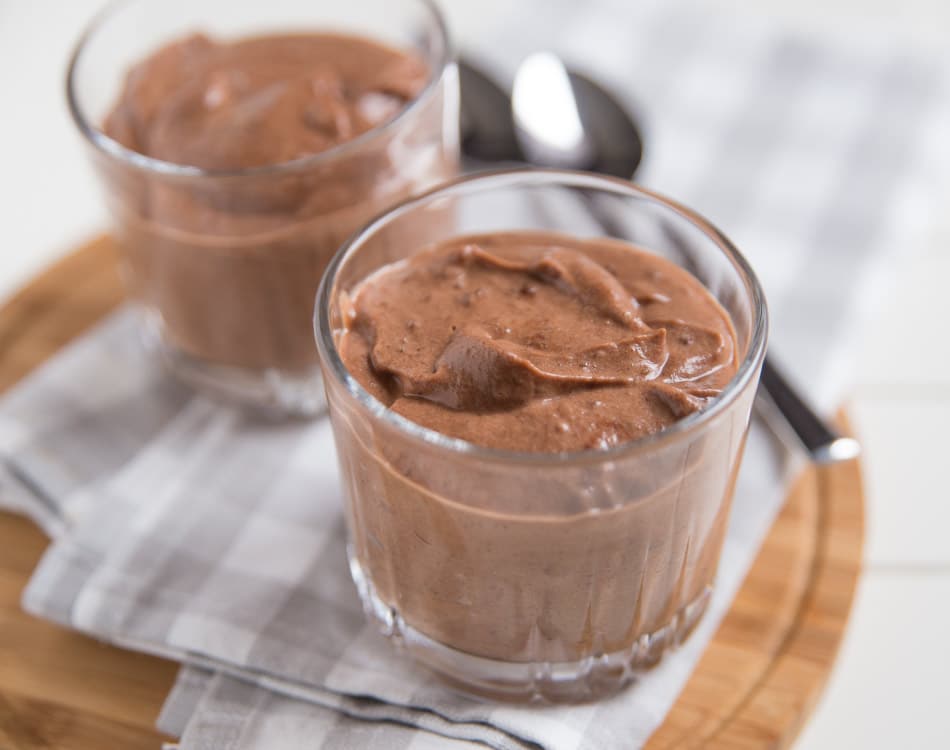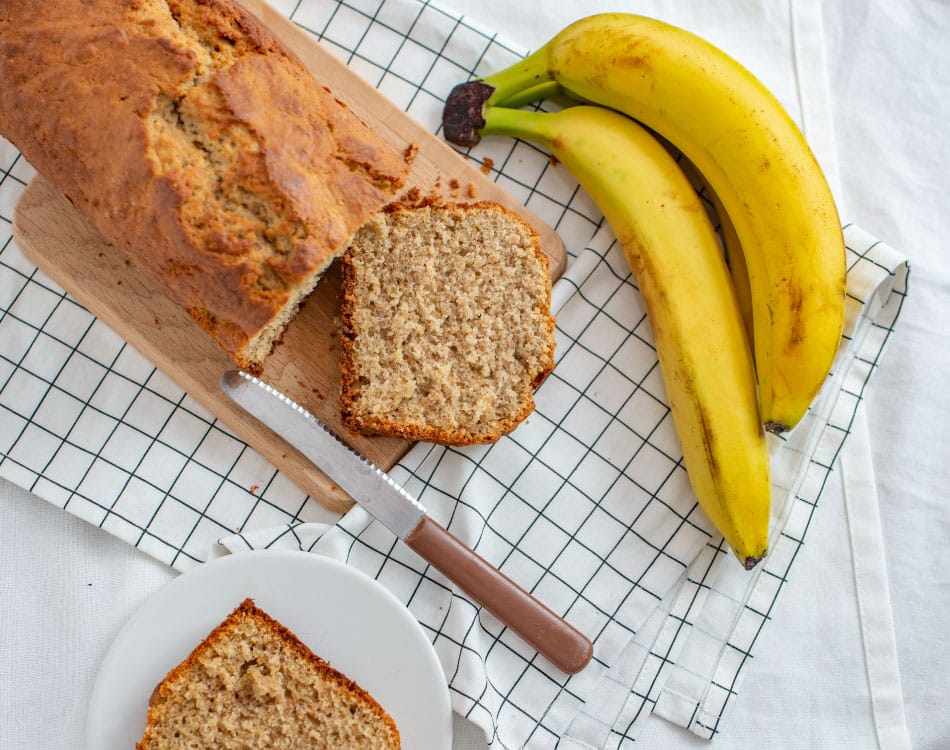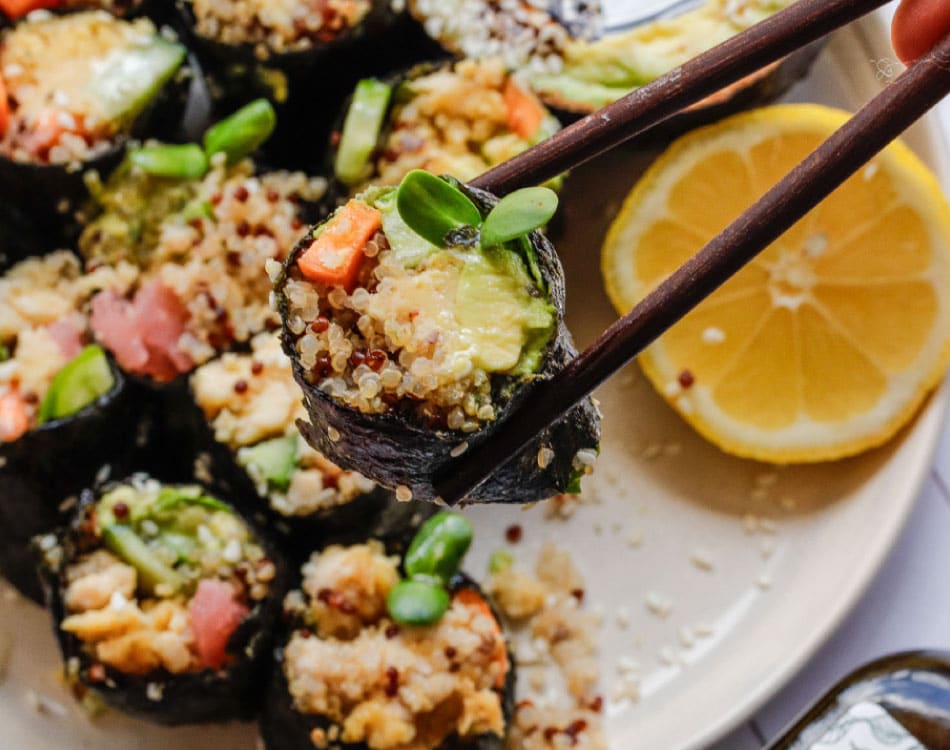Amid this hustle of our modern, fast-paced lifestyles, the seemingly simple task of mindful eating has unwittingly joined the unconscious rat race.
Have you ever found yourself mindlessly devouring a bag of chips, only to realise you’ve eaten the entire thing without truly savoring a single bite?
Perhaps you planned to indulge in a couple of blocks of chocolate but ended up finishing the entire bar mindlessly in front of the TV. These scenarios are common manifestations of mindless eating, a phenomenon deeply ingrained in our daily lives.
This disconnect from the act of eating and the associated sensations not only robs us of the enjoyment of meals but also hampers our ability to recognise feelings of hunger and satiety. To combat this, we need to press reset on our eating habits and embrace the concept of mindfulness.
READ MORE | Spring Clean Your Diet With These Healthy Food Swaps And Diet Techniques
The Mindful Approach to Eating
Mindfulness, at its core, encourages living in the present moment. In the context of a healthy lifestyle, this awareness can be applied to various aspects, including exercise, eating, and weight-loss journeys.
Mindful eating is about appreciating the present moment by reconnecting with our hunger cues and choosing foods intuitively, we can regain control over our eating habits.
READ MORE | Biogen Athlete Craig Sevell Finds Bodybuilding Success In Sustainable Dieting
Enjoying Food through Intuitive Eating
Eating should be a pleasurable act, driven by genuine hunger and satisfaction. The idea of eating when hungry, stopping when full, and choosing what you want may seem unconventional in today’s diet culture.
However, mindful eating is not about indulging in forbidden foods; it’s about tuning into your body’s signals to understand what it needs, instinctively choose foods based on your cravings, and stop when satisfied.
Unfortunately, societal pressures and external influences lead us to lose touch with these intuitive cues as we grow older.
READ MORE | Cleanse Your Gut For Optimal Digestion
Emotional Eating and Mindful Awareness
Our emotions play a significant role in our eating patterns. Mindful eating involves being aware of the reasons behind our food choices, understanding when we’re truly hungry, and recognizing emotional triggers that may lead to mindless eating.
By practicing mindful eating, we cultivate a healthy relationship with food, consciously support our bodies, and foster balance, choice, wisdom, and acceptance in our dietary decisions. The key is to stay in the moment, appreciating the flavors and textures of each bite, and being attuned to feelings of satisfaction and satiety.
Five solutions for more mindful eating:
- Downsize: Exchange larger plates for smaller ones. The same applies to glasses – narrower and shorter are better.
- Colour your crockery: Changing the colour of your plate can change how much you eat, because the contrast will make you more aware of your serving size..
- Shift your perspective: Move items at eye level in the refrigerator or pantry cupboard so they are no longer the first food item you see when opening the door. The foods we eat most often are the easiest to reach.
- Step away: Don’t eat directly from the packaging. Dish foods, especially sugar-laden foodstuffs, into a small bowl.
- Focus: Turn off distractions, especially the TV, while eating to tune into your body’s cues around satiety and fullness. If you’re not tasting it, don’t eat it. Listen to signals from your body that tell you you’re full, as opposed to checking whether your plate is empty. Eating slowly is a great way to tune in to your body’s signals, and so is serving yourself smaller portions. Stop eating when you’re full, only eat when you’re hungry and eat food that tastes good.
In a world where food has become an emotional pacifier and a means to cope with stress, the practice of mindful eating offers a way to break free from this cycle of mindless consumption.
By embracing the present moment, understanding our body’s needs, and savoring each bite with intention, we can build a healthier and more joyful relationship with food. So, let’s eat to live and truly live in each delicious moment.













